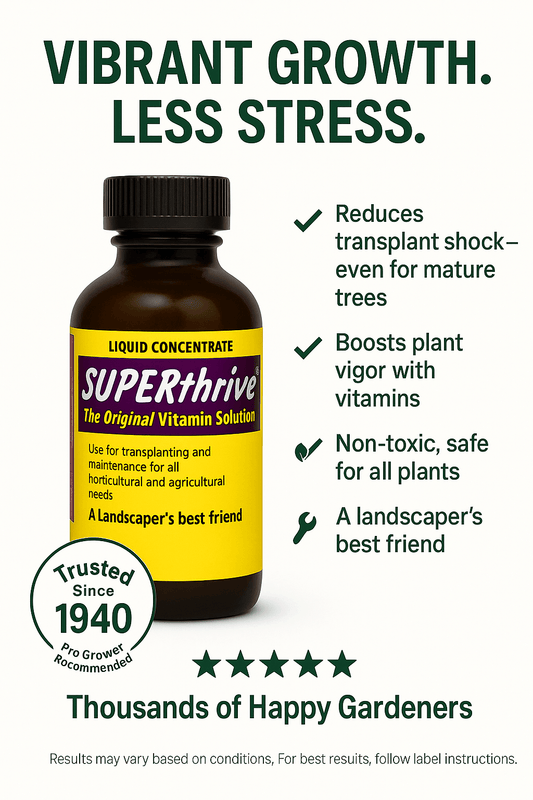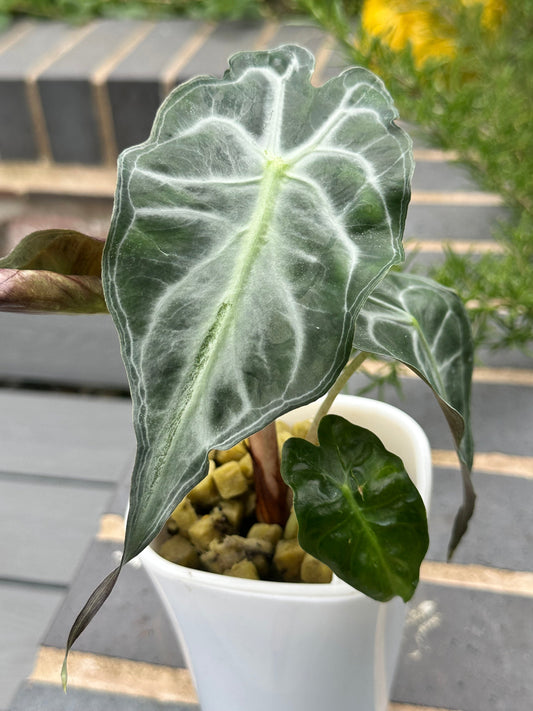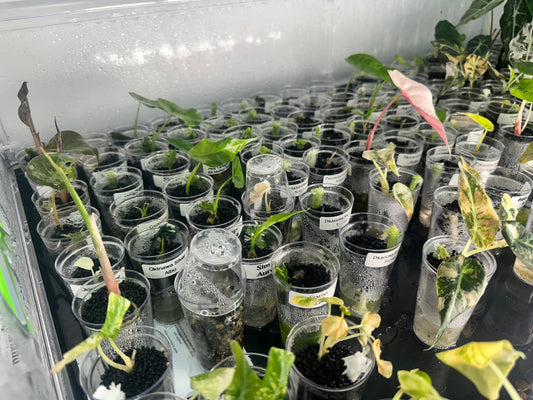
When To Move A Corm To Pon Or Soil
Share
When to Move A Corm to Pon or Soil?
Corms propagation is a fascinating and rewarding method to grow many new Alocasia babies. Understanding the right time to move corms to soil is essential for healthy plant development and successful flowering. In this blog post, we will explore everything you need to know about when and how to move corms to soil or your chosen substrate for optimum growth.
What Are Corms and Why Propagate Them?
Before diving into the timing, it's helpful to clarify what corms are. Corms are underground storage organs similar to bulbs, but unlike bulbs, they consist mostly of solid tissue rather than layered scales. These swollen stem bases store nutrients that support the plant's growth.
Corms propagation involves using these structures to produce new plants. This propagation technique helps maintain plant health, increases stock, and encourages vigorous flowering the following season.
When to Harvest Corms
Knowing when to lift and propagate corms is the first crucial step. Usually, corms are lifted when Alocasia is repotted or your Alocasia has corm growth on the top of the substrate. I prefer to leave them until they are of a fair size. In my opinion, the can be taken to early which ends up with a corms that does not sprout. It’s important not to disturb the corms too early, as immature corms won’t have developed enough to withstand storage or replanting.
Preparing Corms for Propagation
Once you’ve lifted the corms from the soil, inspection and preparation are vital. Carefully brush off excess soil and check for any signs of disease or damage. Healthy corms should be firm and free from mould or rot.
If the corms have produced smaller cormlets (baby corms) around the main corm, you can separate these for propagation. This is a key part of corms propagation, allowing you to multiply your plants. However, ensure each cormlet has enough size and a healthy basal plate to grow successfully.
After cleaning and sorting, store corms in a cool, dry, and well-ventilated place until you’re ready to replant. Proper storage prevents rotting and premature sprouting. I will generally plant up the corms as soon as I have taken them so they are fresh in substrate.
When to Move Corms to Soil
The timing to move corms to soil depends largely on the plant growth. Typically I wait for at least three leaves open before I move them however, all my corms are in clear pots so that I can see the root system. If it has plenty of roots this is also a good sign that it can be moved. One point I would stress is that moving it just because you want to show it off or push growth, may in fact do the opposite. Don't be impatient with the new baby plant. Keep it happy for longer before moving it to a bigger pot
Avoid planting corms in cold, wet soil as this may cause rotting.
How to Plant Corms Correctly
Proper planting depth and soil preparation significantly influence the success of your corms propagation. Most corms should be planted with at least 1/3rd of the corm visible, some advise to just rest the corm on top of your chosen substrate. Personally I place my corms 50/50 and this seems to work for me!
Plant corms with the pointed side or growing tip facing upwards to encourage healthy sprouting. Ensure the soil is light, well-drained, and rich in organic matter to facilitate robust root development. I don't use soil. I use Fluval Stratum for all my corms and each corm is in its own individual self watering corm pot with humidity dome
Water the soil shortly after planting but avoid overwatering, which can cause corm rot. Once established, most corm plants prefer moderate watering.
Final Thoughts
Understanding when to move corm to Fluval Stratum, Pon or soil is a cornerstone of successful corms propagation. The process begins by lifting the 'pups' out of the small pots when they have successfully propagated. You can check this by root system and minimum of three leaves.
By paying attention to these details, you will encourage healthy root development and enjoy vibrant, flourishing plants year after year. Remember, good preparation and care are the keys to thriving corms.




